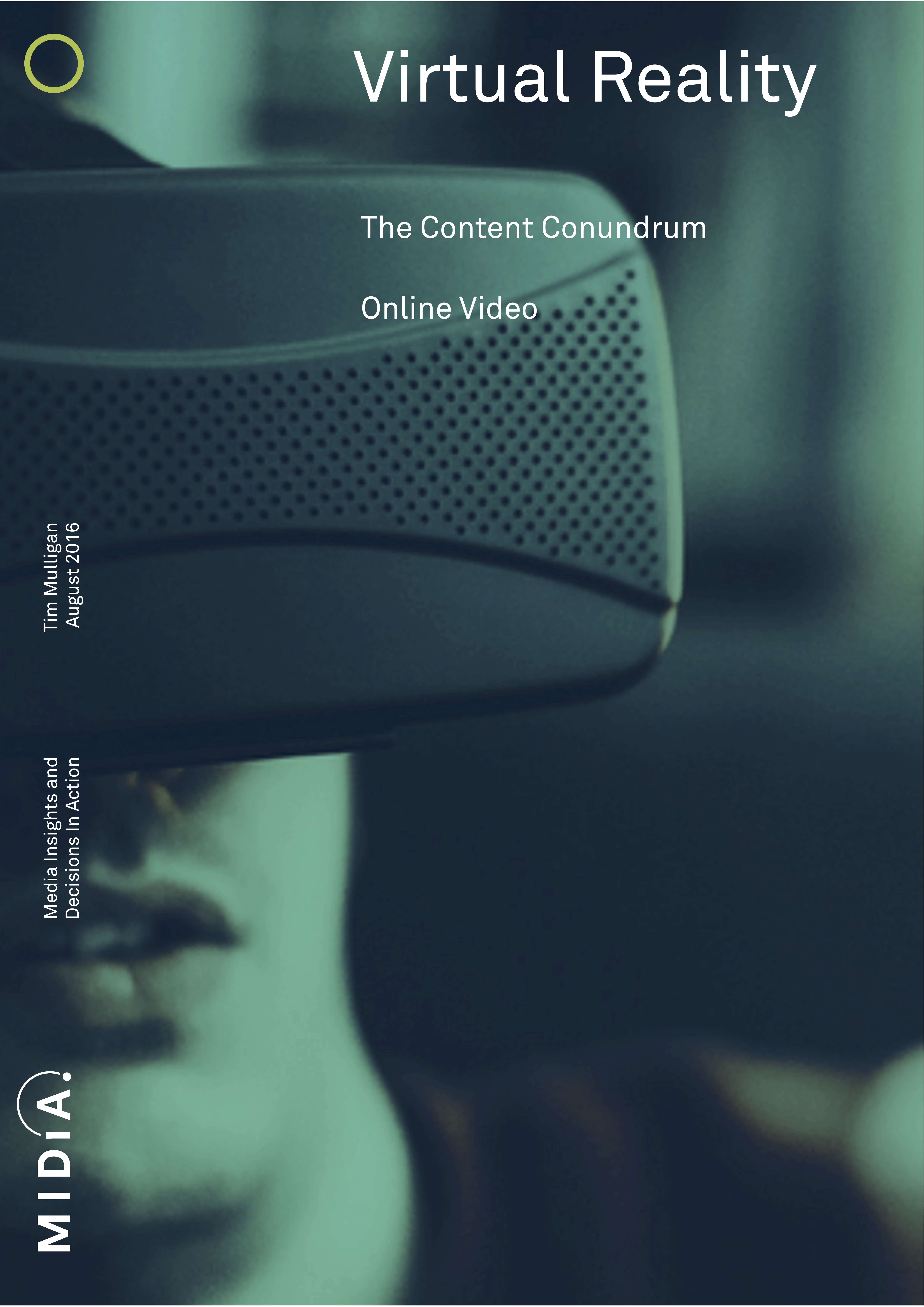Virtual Reality The Content Conundrum

Get full access to this report and assets
If you are interested this report, or related reports such as VR Vendor Landscape Virtual Reality’s Path to Mainstream Entertainment get in touch today to enquire about a report bundle.
At the start of 2016 the tech hype machine was going into overdrive over the potential for Virtual Reality to finally break through to the mainstream. January’s CES in Las Vegas featured the launch of Fox Studio’s The Martian Experience, their second VR project in conjunction with a major big screen production. At the same time Facebook’s Oculus Rift was busy generating media interest around the launch of its first consumer VR headset. However what was lacking from the conversation was how to make VR an experience for the mainstream TV and film consumer. The price point for the Rift headset, and bonus-feature positioning of The Martian Experience, effectively limit the technology’s appeal to tech and media enthusiasts only. What VR is waiting for is its mainstream cross-over moment, and the potential of VR to revolutionize scripted drama could just be the medium in which to achieve this.
Companies Mentioned: Facebook, Fox Innovation Lab, Google, HTC, MelodyVR, MIT, Oculus VR, PlayStation, Samsung, Sega, Skybound Entertainment, Sony, Valve, Wevr
